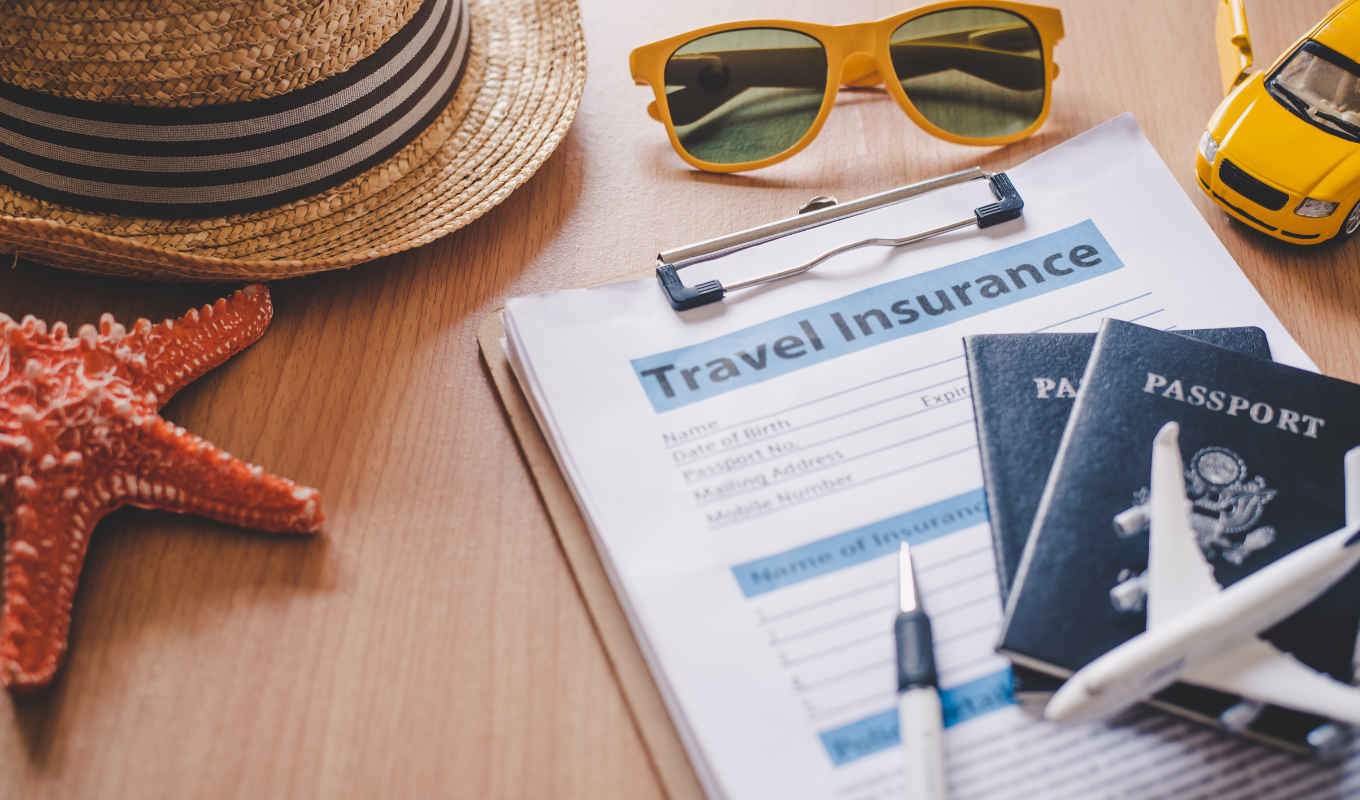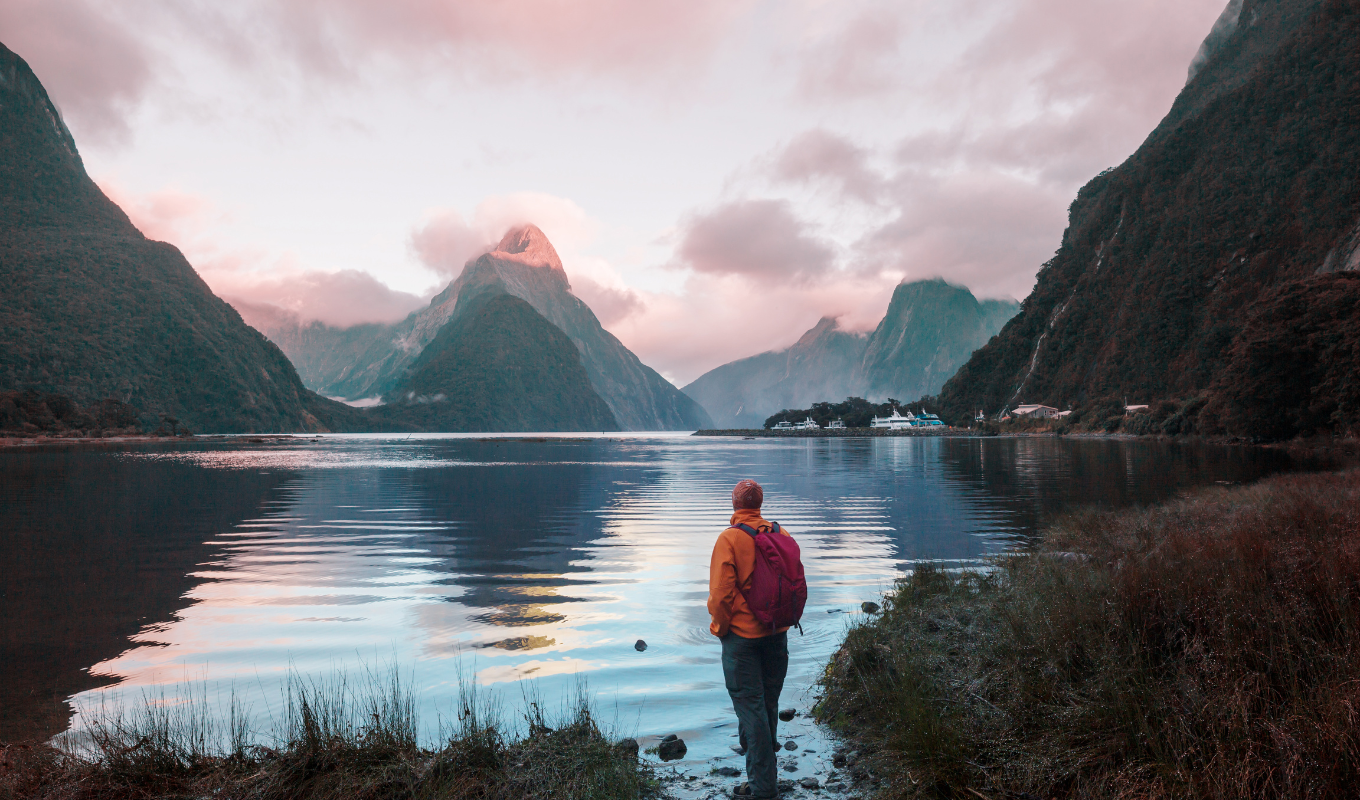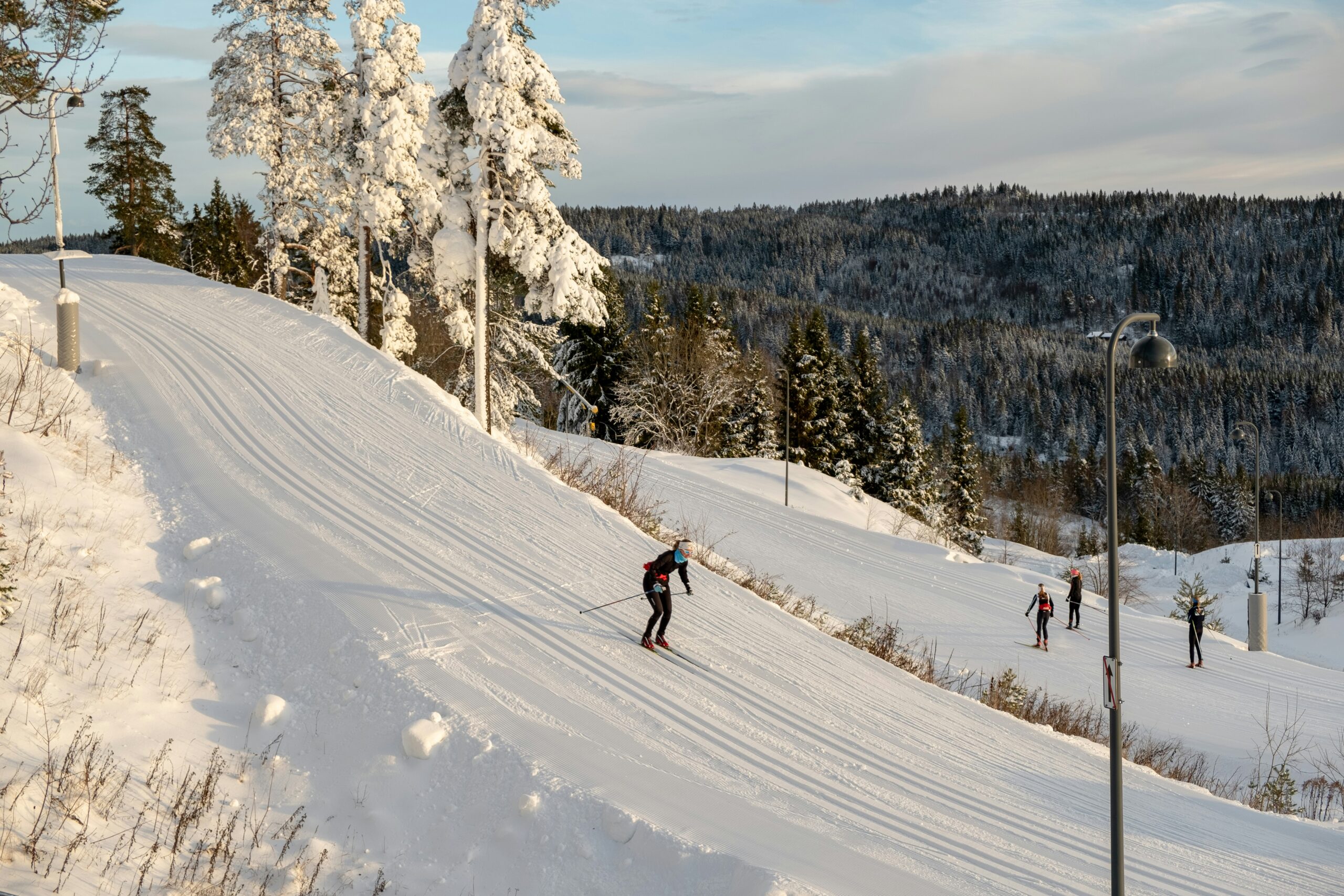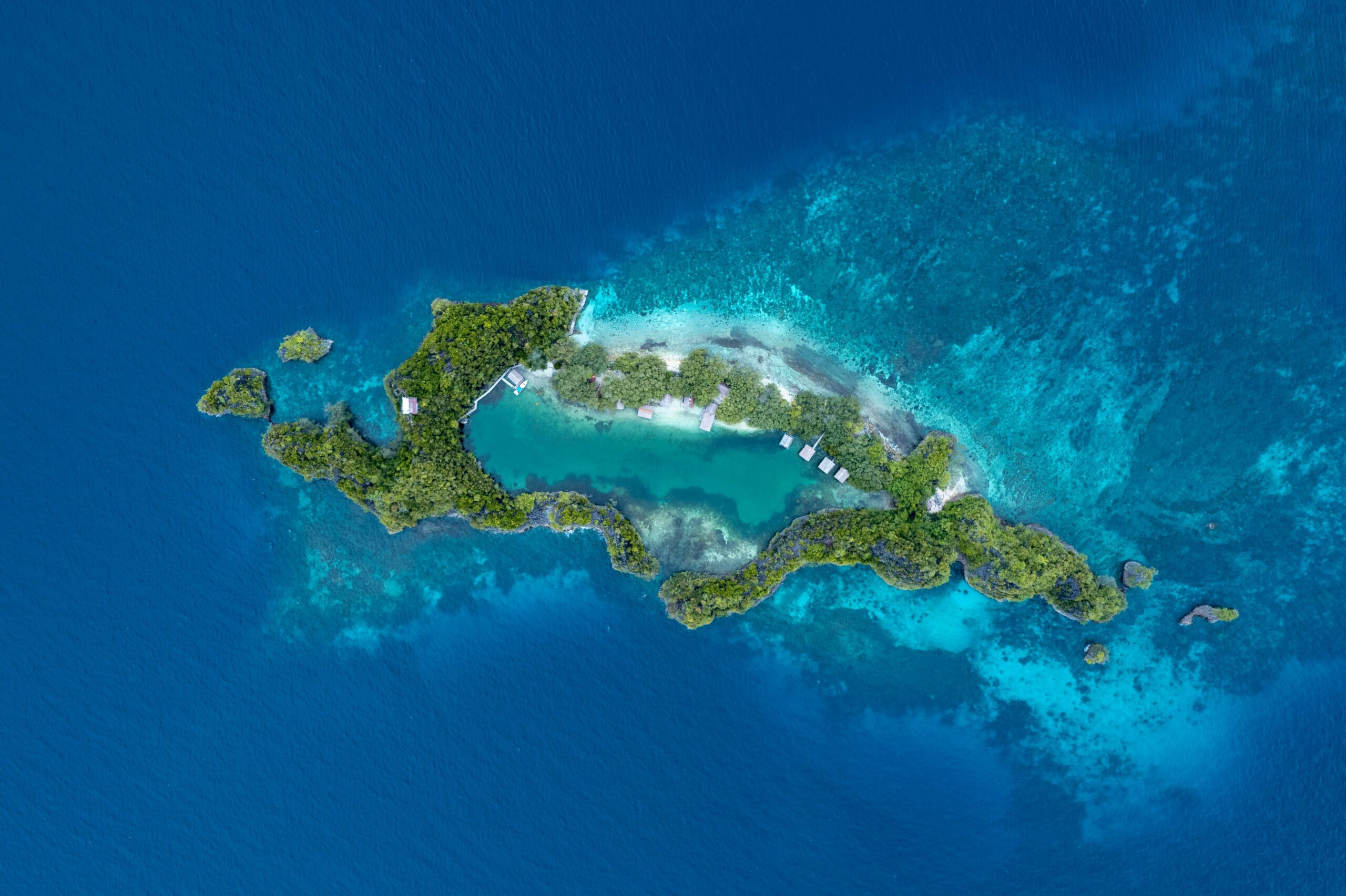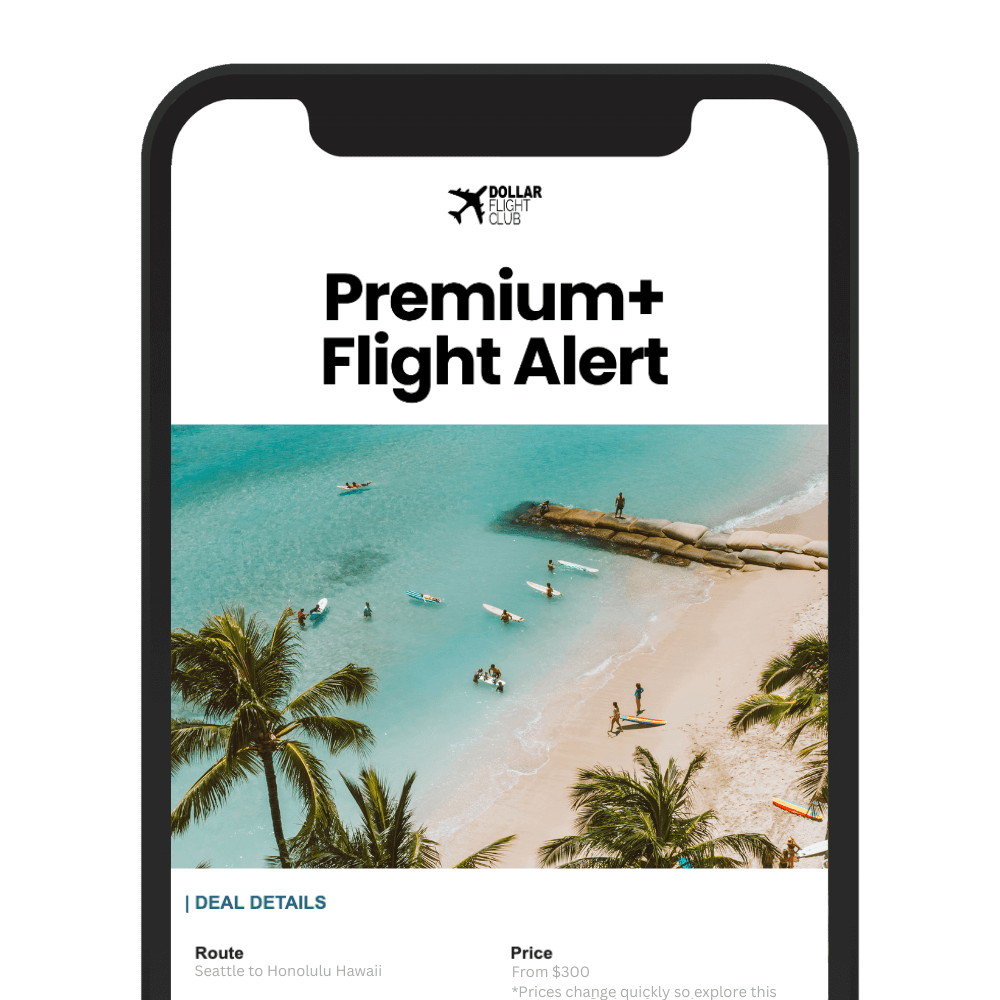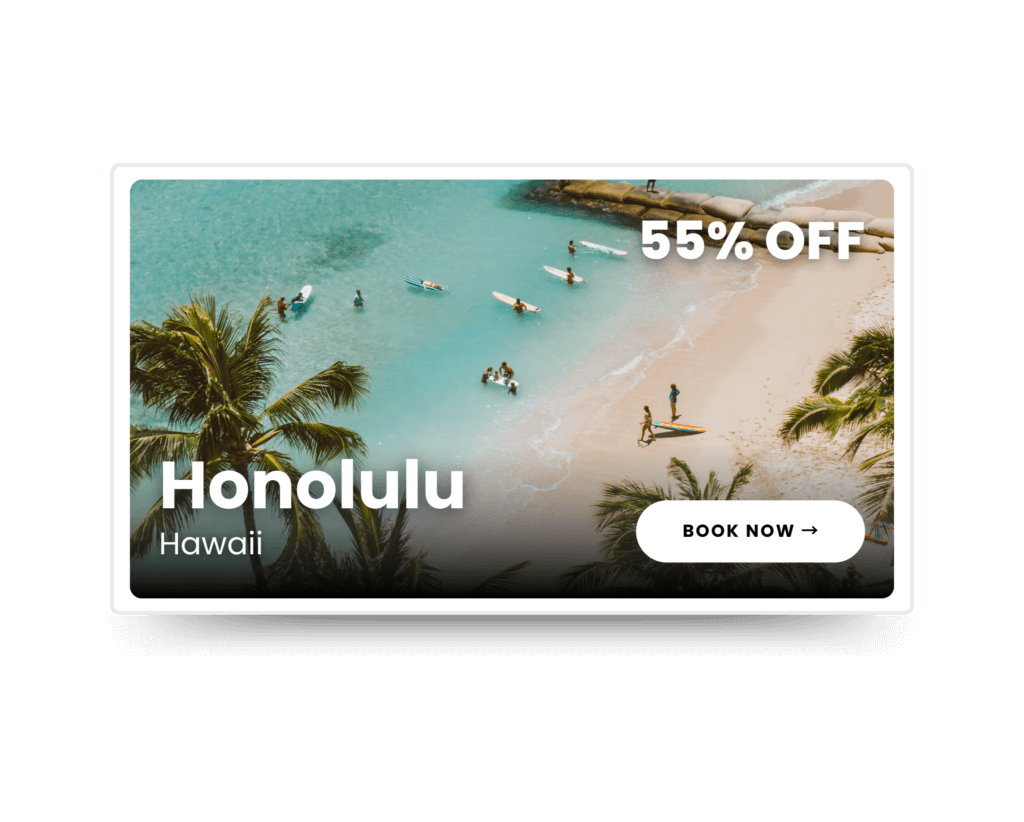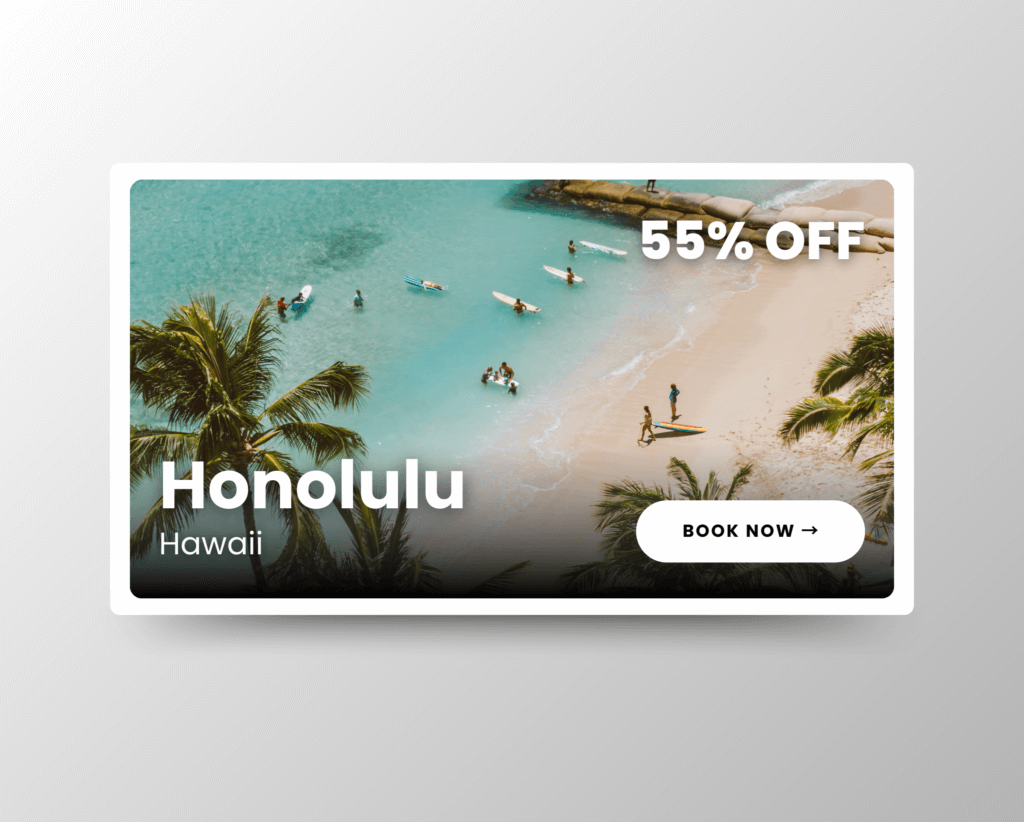Planning an adventure in 2025? Regular travel insurance often won’t cover high-risk activities like rock climbing, scuba diving, or paragliding. That’s why adventure travel insurance is essential. Here’s what to look for:
- Emergency Medical Care: Coverage for injuries during extreme activities.
- Search and Rescue: Includes helicopter evacuations.
- Specialized Equipment Protection: Coverage for lost or damaged gear.
- High-Altitude Pursuits: Tailored for activities like mountaineering.
- Trip Cancellation: Reimbursement for prepaid, non-refundable expenses.
Top providers include World Nomads, Tin Leg Adventure, IMG Global, SafetyWing, and Allianz Travel Insurance. Each offers unique benefits, such as customizable plans, medical evacuation, and gear protection.
Quick Comparison
| Provider | Adventure Activities Covered | Emergency Medical | Evacuation Coverage | Trip Cancellation | Cost Estimate (14 days) |
|---|---|---|---|---|---|
| World Nomads | 200+ activities | $100K–$150K | $500K–$1M | Up to $10K | $135–$400 |
| Tin Leg Adventure | 150+ activities | $500K | $1M | Up to $50K | $145–$1,106 |
| IMG Global | 150+ activities | $500K | $1M | Up to $30K | 5–8% of trip cost |
| SafetyWing | 30 activities (add-on) | $250K–$500K | $100K–$500K | Limited | $76.72–$294.20 (monthly) |
| Allianz | 50+ activities (with add-on) | $10K–$50K | $50K–$1M | Up to $200K | $228–$372 |
Choose a plan that matches your activities and destination risks. Always confirm coverage for specific adventures and keep your policy details handy. Adventure safely!

1. World Nomads
Adventure Activity Coverage
World Nomads provides coverage for over 200 adventure activities through two plan options: Standard for common activities and Explorer for more intense sports. Examples include rock climbing with proper safety gear, scuba diving up to 30 meters, and snowboarding on marked trails.
Medical and Evacuation Limits
World Nomads offers strong medical and evacuation coverage for U.S. travelers in 2025:
| Plan Type | Emergency Medical | Emergency Evacuation |
|---|---|---|
| Standard | $100,000 | $500,000 |
| Explorer | $150,000 | $1,000,000 |
For instance, in April 2025, a U.S. backpacker using the Explorer Plan had $28,500 covered for a helicopter evacuation and $12,300 for hospital expenses.
Trip Cancellation Coverage
The Explorer Plan includes trip cancellation protection of up to $10,000. Claims are processed quickly, with an average turnaround time of 14 days and an 89% satisfaction rate, according to Travel Insurance Review’s 2024 survey.
Plan Costs
For a 2-week trip to Costa Rica costing $5,000, a 30-year-old traveler would pay approximately $135 for the Standard Plan or $400 for the Explorer Plan. Costs increase by 25% for those over 65 and by 15–20% for high-risk destinations. Adding $1,000 to the trip cost increases premiums by $10. Additional discounts include 10% for AAA members and 5% for bundling with Dollar Flight Club Premium.
World Nomads also introduced an AI Risk Assessor tool in 2025. This tool helps travelers choose the right coverage based on their planned activities and the value of their equipment. Up next, we’ll look at Tin Leg Adventure’s options.
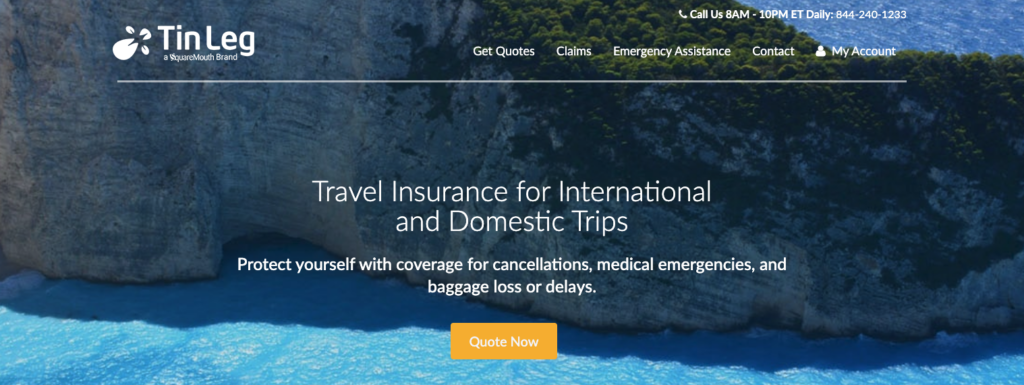
2. Tin Leg Adventure
Adventure Activity Coverage
Tin Leg Adventure covers more than 150 high-risk activities, such as rock climbing up to 5,000 meters, scuba diving (for both certified and non-certified divers), and backcountry skiing. However, it excludes certain extreme sports like BASE jumping and free solo climbing. For those with gear-heavy hobbies like mountaineering or photography, the optional Adventure Gear Protection add-on provides up to $2,000 for lost or damaged equipment. This extra layer of protection is especially helpful for travelers relying on expensive gear.
Medical and Evacuation Limits
The plan includes extensive emergency coverage with the following limits:
| Coverage Type | Maximum Limit |
|---|---|
| Emergency Medical | $500,000 |
| Emergency Evacuation | $1,000,000 |
| Sports Equipment Protection | $2,000 |
This coverage extends to helicopter rescues in remote areas. Travelers also benefit from 24/7 multilingual emergency assistance, a critical service for expeditions in remote destinations like Nepal or Patagonia. These benefits work seamlessly with the plan’s trip cancellation protections.
Trip Cancellation Coverage
Tin Leg reimburses 100% of prepaid, non-refundable trip expenses – up to $50,000 – for cancellations caused by covered reasons. The “Cancel for Work Reasons” feature allows reimbursement if employers deny time off. Additionally, pre-existing conditions are covered if the policy is purchased within 14 days of the initial trip deposit. For example, a traveler with managed diabetes could still receive coverage for issues related to their condition while engaging in activities like canyoneering.
Plan Costs
Premiums range from 4.1% to 5.5% of the total trip cost:
| Trip Duration | Trip Cost | Premium (Ages 30-50) |
|---|---|---|
| 10 days | $3,500 | $145 |
| 14 days | $4,000 | $197 |
| 21 days | $20,000 | $1,106 |
Families enjoy an 18% discount, and children under 17 are insured for free. Senior travelers (65+) typically pay around 9% of the trip cost – for instance, $540 for a $6,000 trip. Tin Leg Adventure holds a 4.6/5 customer rating on Squaremouth, with users frequently praising its efficient claims process. In one example from 2024, a client received full reimbursement within 14 days for a canceled Patagonia hiking trip due to an injury.
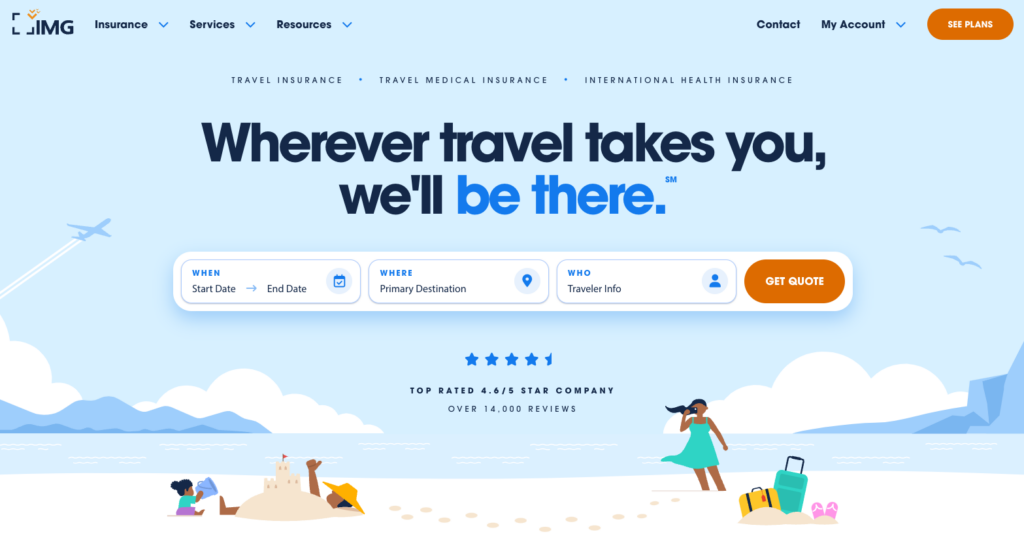
3. IMG Global
Adventure Activity Coverage
IMG Global’s travel insurance plans cover over 150 adventure activities. These range from rock climbing (up to 5,000 meters) and certified scuba diving (to 30 meters) to backcountry skiing. However, activities like BASE jumping, professional sports, and expeditions above 6,000 meters are excluded. A notable addition in April 2025 is a $10,000 search-and-rescue benefit, particularly helpful for remote locations. Travelers can also opt for a $50 gear protection add-on, which boosts equipment damage or theft coverage from $2,000 to $5,000.
Medical and Evacuation Limits
The iTravelInsured Choice Plan provides the following coverage:
| Coverage Type | Maximum Limit | Features Included |
|---|---|---|
| Medical | $100,000 | Includes mental health support |
| Medical Evacuation | $500,000 | Helicopter rescue included |
| Trip Cancellation | Up to 100% of trip cost | Begins immediately after purchase |
| Trip Interruption | Up to 150% of trip cost | Covers unused expenses and return costs |
In 2024, a traveler required a medevac from Costa Rica following a serious hiking accident. The iTravelInsured Choice Plan covered $36,000 in helicopter and hospital costs, helping the traveler avoid out-of-pocket expenses.
Additional Travel Benefits
Travel Delay: Up to $1,000 per person ($150/day after a 6-hour delay)
Missed Connection: Up to $500 per person
Baggage Delay: Up to $300 (after 6 hours)
Baggage & Personal Items Loss: Up to $1,000 (with a $250 per-item limit)
Pre-Existing Condition Waiver: Available if purchased within 21 days of first trip payment
24/7 Assistance Services: Includes medical referrals, document recovery, travel support
Plan Costs
Premiums generally range from 4% to 7% of your total trip cost, depending on your age, trip duration, and chosen coverage options.
Here’s a sample of estimated premiums for a $4,000, 2-week trip with no deductible:
| Age Group | Estimated Premium | Coverage Highlights |
|---|---|---|
| 30–39 | $160-$180 | Standard plan with full trip protection |
| 40–49 | $200-$240 | Includes medical and baggage benefits |
| 50–59 | $250-$300 | Add CFAR for greater flexibility |
Purchasing early and bundling optional coverage (like CFAR) may affect your total cost. Discounts may be available for groups or bundling with other IMG plans.
Next, we’ll explore the factors that impact the pricing of adventure insurance.
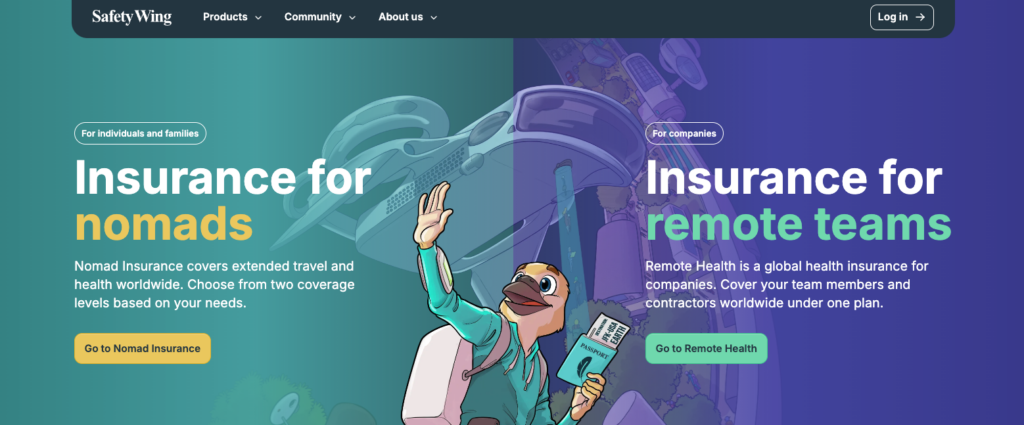
4. SafetyWing
Adventure Activity Coverage
The Essential Plan from SafetyWing includes coverage for hiking up to 14,764 feet (4,500 meters) as a standard benefit. For those engaging in more intense activities, the optional $10 monthly adventure sports add-on extends protection to 30 high-risk activities. These include scuba diving to depths of 131 feet and Class V whitewater rafting.
However, certain activities are not covered under the adventure add-on, such as:
- Mountaineering above 14,764 feet
- BASE jumping and wingsuit flying
- Professional sports competitions
- Motor sports without proper licensing
Medical and Evacuation Limits
Here’s a breakdown of the medical and evacuation coverage under the two available plans:
| Coverage Type | Essential Plan | Complete Plan |
|---|---|---|
| Emergency Medical | $250,000 | $500,000 |
| Medical Evacuation | $100,000 lifetime | $500,000 lifetime |
| Trip Interruption | $5,000 | $7,000 |
| Baggage Coverage | $3,000 total ($500/item) | $6,000 total ($1,000/item) |
Trip Cancellation Coverage
The Essential Plan does not include trip cancellation benefits. However, the Complete Plan offers limited coverage, including:
- $300 per trip cancellation (up to $600 annually)
- Coverage for cancellations advised by a physician
- Protection for mandatory quarantines
- Pandemic-related interruptions, covering up to $5,000 for return transportation
Plan Costs
Below is the monthly subscription pricing for the Essential Plan with U.S. coverage (as of April 2025):
| Age Group | 4-Week Cost | With Adventure Add-on |
|---|---|---|
| 10–39 | $76.72 | $86.72 |
| 40–49 | $120.40 | $130.40 |
| 50–59 | $189.84 | $199.84 |
| 60–69 | $284.20 | $294.20 |
The Complete Plan costs about 86% more than the Essential Plan but offers higher coverage limits and additional benefits. For instance, a 30-year-old traveler with U.S. coverage would pay $142.80 every 4 weeks for the Complete Plan.
SafetyWing’s flexible subscription model allows travelers to make monthly payments and adjust their plans mid-trip without extra fees. This feature is particularly useful for those with unpredictable travel schedules. For remote expeditions, pairing their coverage with specialized evacuation services is a smart choice.
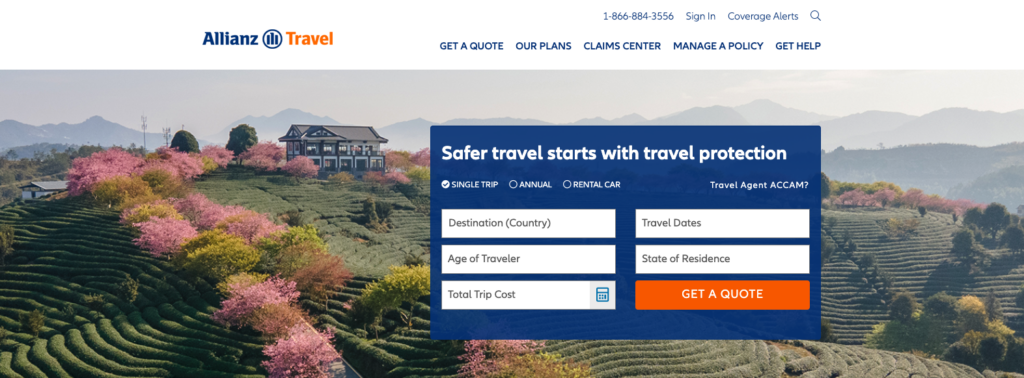
5. Allianz Travel Insurance
Adventure Activity Coverage
The OneTrip Premier plan from Allianz, paired with the Adventure Pack, covers more than 50 activities. These include kayaking, whitewater rafting, hiking up to 19,685 feet, certified scuba diving, zip-lining, abseiling, and motorbike riding. However, activities like BASE jumping and free solo rock climbing are not included. Travelers should also note that the Adventure Pack is only available for those under 75 years old.
Medical and Evacuation Limits
Allianz offers solid emergency coverage options across its plans:
| Coverage Type | Basic Plan | Premier Plan | AllTrips Prime |
|---|---|---|---|
| Emergency Medical | $10,000 | $50,000 | $20,000 |
| Medical Evacuation | $50,000 | $1,000,000 | $100,000 |
| Gear Rental Coverage | Not included | $1,000 | $1,000 |
Additionally, Allianz provides an “Adventure Concierge” service, which connects travelers with local guides for safety consultations.
Trip Cancellation Coverage
The OneTrip Premier plan covers up to 100% of prepaid, non-refundable trip expenses, with a maximum limit of $200,000. For those who want more flexibility, the Cancel Anytime option reimburses 80% of costs for any reason, though it increases premiums by 50%. Coverage includes cancellations due to medical emergencies, severe weather, job-related issues, and delays, with SmartBenefits offering $200 per day for qualifying delays.
Plan Costs
Allianz plans typically cost between 4% and 8% of the total trip value. For example, a 30-year-old traveling to Costa Rica might pay around $228, while a 55-year-old heading to Nepal could expect to pay roughly $372. For frequent travelers, the AllTrips Prime annual plan, priced at $275, is a budget-friendly option for those taking three or more trips per year. To ensure preexisting condition coverage, purchase a plan within 14 days of making the initial trip deposit.
With a combination of solid coverage options and adventure-specific features, Allianz is a strong choice for those seeking insurance that balances adventure with standard travel needs.
What Affects Adventure Insurance Prices
The cost of adventure insurance depends on several factors, which can help you plan your budget effectively.
Age and Health
Your age and health play a big role in determining premiums. Older travelers or those with pre-existing health conditions often face higher rates due to increased risks.
Destination
Where you’re headed matters. Destinations with limited medical facilities or difficult evacuation options tend to drive up costs. Remote or rugged areas often require additional coverage compared to places with accessible healthcare.
Type of Activities
The kind of adventure you’re planning directly affects your insurance rates. Activities like hiking or camping generally come with lower premiums, while high-risk pursuits such as mountaineering or heli-skiing usually require extra coverage and higher costs.
Length of Trip and Coverage Amount
Longer trips typically mean higher premiums, as do policies with more extensive medical or evacuation coverage.
Seasonal Pricing
Insurance costs can vary by season. Traveling during peak adventure times or when harsh weather is more likely may result in higher premiums due to increased risks.
Value of Equipment
If you’re bringing expensive gear, insuring it will add to your costs. High-value items often require additional riders, which increase the overall premium.
Group Travel Discounts
Traveling with a group can sometimes save you money. Many insurers offer discounts if multiple people purchase similar plans, reducing the cost per person.
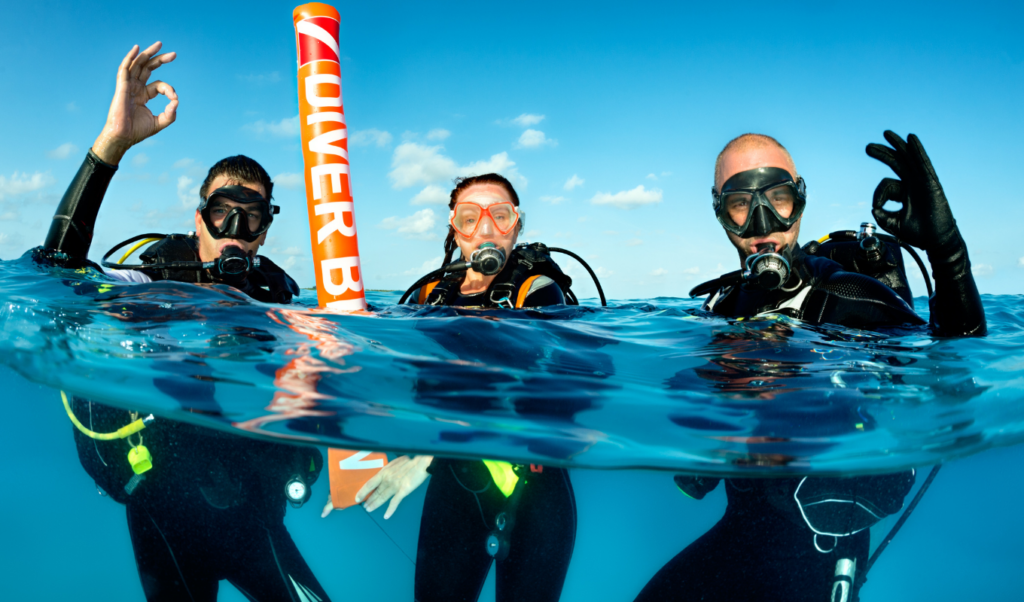
High-Risk Activities That Need Extra Coverage
Some adventures come with higher risks and demand specialized insurance. Here’s a breakdown of specific activities, their coverage needs, and tips for ensuring you’re properly insured.
Common High-Risk Activities
Activities like rock climbing, deep-sea diving, and heli-skiing typically require extra insurance due to their inherent risks. A 2014 report by Orthopaedic Surgeons revealed that extreme sports account for 40,000 head and neck injuries annually. Skateboarding (27%), snowboarding (22%), and motocross (18%) were the top contributors.
Activity Coverage Requirements
Here’s a quick look at the coverage specifics for some popular high-risk activities:
| Activity | Required Coverage | Typical Limits | Requirements |
|---|---|---|---|
| Rock Climbing | High-Altitude Rider | Up to 22,965 ft | Certified guide; gear coverage |
| Deep-Sea Diving | Depth Extension | Below 131 ft | PADI certification; hyperbaric care |
| Heli-Skiing | Extreme Winter Sports | $250,000 medical | Guide required; avalanche coverage |
| Motorcycle Touring | Engine-Specific Policy | Unlimited evacuation | Valid license; 125cc+ bike |
| Cave Exploration | Spelunking Rider | $50,000 rescue | Professional guide |
Often Overlooked Activities
Some activities are frequently excluded from standard policies. Competitive obstacle course racing and technical canyoneering are two examples. In one case from 2025, a kayaker faced $28,000 in medical bills after a covered whitewater incident.
Verification Requirements
Proper documentation is essential to secure the right coverage. Insurers often ask for:
- Certifications from guides or tour operators
- PADI cards for advanced diving
- GPS logs documenting altitude
- Proof of competition entry
- Equipment safety certificates
Make sure your policy includes search and rescue as well as helicopter evacuation. Coverage requirements can vary based on the activity, location, and whether it’s done recreationally or professionally. For peace of mind, always request written confirmation of your coverage details before participating.
Conclusion
When selecting adventure travel insurance for 2025, make sure it aligns perfectly with your planned activities and potential risks. Pay attention to these three critical areas:
- Activity Coverage: Double-check that your policy explicitly includes all high-risk activities you plan to engage in.
- Medical Coverage Limits: Ensure the policy provides enough medical benefits to cover potential injury or illness expenses.
- Emergency Evacuation: Confirm that evacuation coverage is included, especially if you’re heading to remote or hard-to-reach destinations.
Here’s a quick checklist to wrap up:
- Get written confirmation that your activities are covered.
- Keep both digital and physical copies of your insurance documents.
- Familiarize yourself with the claims process and gather any required paperwork in advance.
- Review the policy’s medical care and evacuation coverage limits.
Taking these steps will help ensure you’re well-protected during your adventure. If you’re unsure about any details, reach out to your insurance provider for clarification before setting off.
FAQs
What factors should I consider when selecting travel insurance for adventure activities?
When choosing travel insurance for adventure activities, it’s important to ensure the plan covers high-risk activities like hiking, scuba diving, or skiing. Look for policies that include emergency medical coverage, evacuation services, and trip cancellation protection tailored to adventure travel.
Additionally, check the policy details for any exclusions related to specific activities or destinations. It’s also a good idea to compare coverage limits and ensure they align with the potential risks of your trip. Taking the time to review these factors can help you travel with peace of mind.
What are the medical and evacuation coverage limits offered by top adventure travel insurance providers?
The medical and evacuation coverage limits can vary significantly among adventure travel insurance providers. Most plans typically include emergency medical expenses, hospital stays, and evacuation services, but the exact limits depend on the provider and plan you choose. Some providers may offer coverage up to $100,000 or more for medical emergencies, while evacuation coverage could range from $50,000 to $500,000 or higher.
When comparing options, look for policies that align with the level of risk involved in your activities, such as hiking, scuba diving, or skiing. It’s also important to review exclusions to ensure your specific adventure activities are covered.
What documents do I need to ensure my trip insurance covers high-risk activities like mountaineering or scuba diving?
To ensure your trip insurance covers high-risk activities such as mountaineering or scuba diving, you may need to provide specific documentation. This often includes proof of proper certifications (e.g., a scuba diving license) or a detailed itinerary outlining the activities. Some providers might also ask for a medical clearance form, especially for physically demanding activities.
It’s always a good idea to review your policy’s terms carefully and confirm with your insurance provider what’s required to avoid any coverage issues during your adventure.

